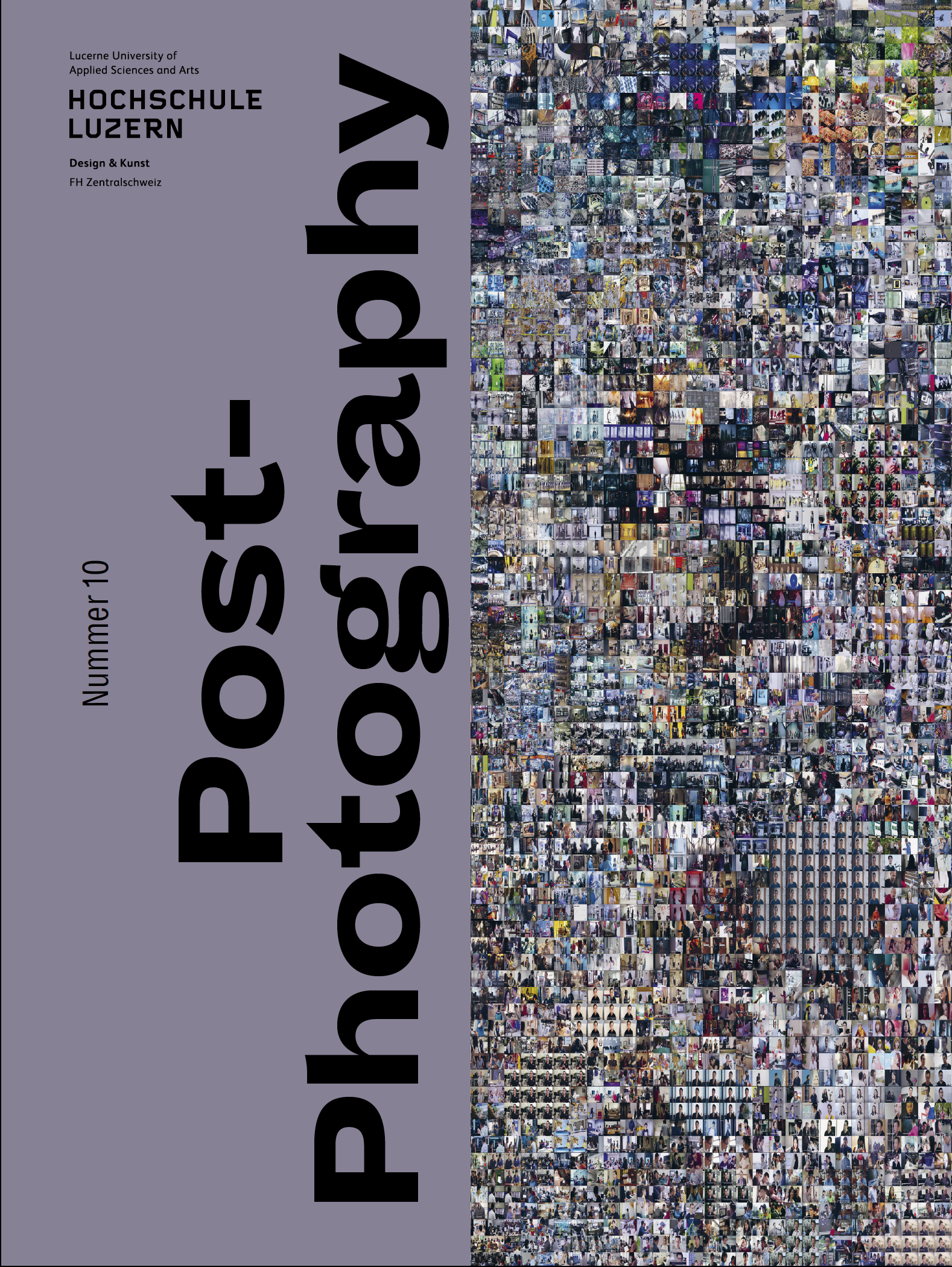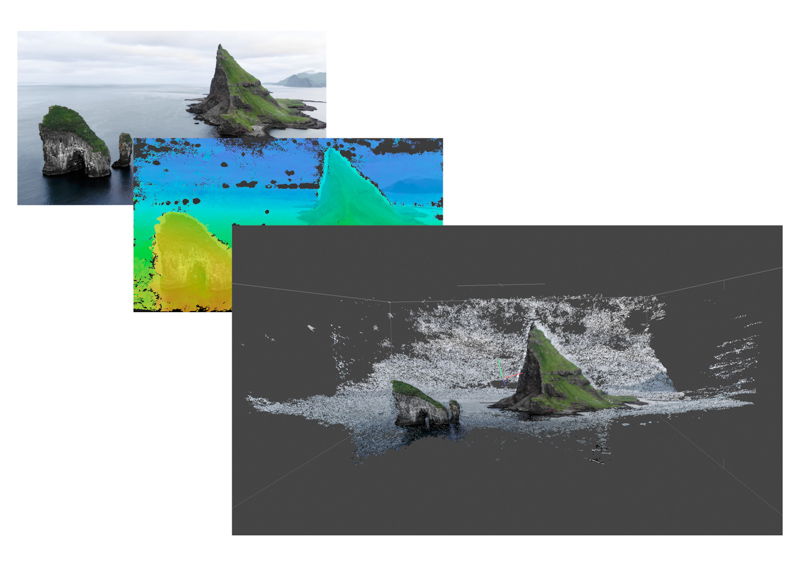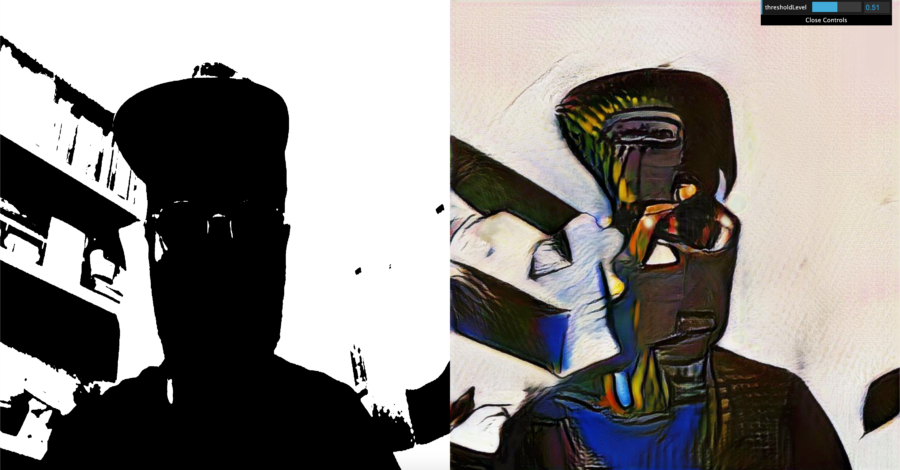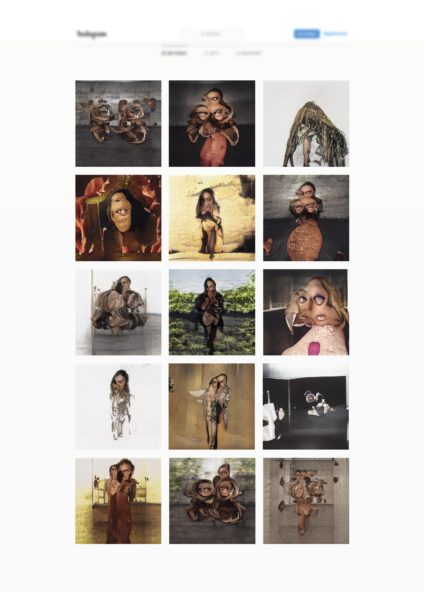Under Construction

Prototyping a MediaDock at the Lucerne School of Art and Design
This article was originally published in the print version of HSLU Magazine Nummer 10, which can be ordered here.
Merely making equipment available and implementing established workflows and industry standards is no longer enough in the field of art and design. In order to ensure that teaching in the digital realm remains future oriented, we need to do more than that. We need a flexible, transdisciplinary, experimental space that encourages reflective thinking.
In setting up our MediaDock at the Lucerne School of Art and Design we have created something that goes beyond the ‹computer room› and its gathering metaphorical dust. The MediaDock makes room for media experiments an encourages playful interaction with a variety of technologies. It holds talks and workshops to activate and serve as a container for reflections on various aspects of the media landscape, as represented by international guest lecturers and experts from within the university. These take a hands-on approach to digital tools – and not just for the sake of improving digital skills. The aim is to achieve stronger media competency on a conceptual level by encouraging critical reflection on socially relevant and media relevant topics.
Workshops with a Difference
Nobody questions professional infrastructure that facilitates the processing of a wide variety of materials, such as wood and metal, or that is needed for teaching casting and printing techniques, for instance. In line with this, and alongside more traditional photographic infrastructure (studios, negative scanners, photoplotters, hardware and software for image processing), our MediaDock is also equipped with a wide range of enabling technologies such as experimental computers, singleboard computers and microcontrollers, drones, 360° cameras and VR stations, 3D scanners and photogrammetric services. But since ‹the digital› is not a material and ‹the computer› is not one tool in particular, we need to rethink the workshop as a place of production and reflection that covers the broadest possible range of digital applications. For that we need new conceptual approaches to creating a digital production environment that is equally good at facilitating discourse. The model
of the workshop as a place for the specialized processing of materials – a model that emerged primarily from the Bauhaus – still runs like a thread through the production workshops at art schools across Switzerland. Of course, digital technologies have already started to find their way into the various workshops at the Lucerne School of Art and Design. Our MediaDock supports and supplements this process. Promoting the multifaceted abundance of digital production methods in a targeted way calls for new approaches that augment the digitally oriented teaching of the various courses and give interested parties opportunities to discover
and deepen their capacities in these areas. The following summaries of selected subjects and teaching formats provide an overview of our recent activities.
Photography as Example
The computer is a post-photographic multi-tool in the proper sense of the word. It is at once a recording device, a dark room and an image carrier. In current media production it constantly oscillates between these states. Now more than ever it is becoming increasingly difficult to distinguish between the photograph as image medium and the tools that we use to produce, process and publish our images, namely computers. The production of media artefacts is no longer confined to the creation of single or moving photographic images. It has long since transcended that. Once the shutter has been depressed, various processing procedures
and image practices open up an endless wealth of possibilities for dealing with the respective photographic medium, be it in relation to distribution routes, digital economies or digital archives, for instance, or as raw material for further

A series of images can be used to produce 3D models. This photographybased, contactless reconstruction process forms an interface between the object as physically present and its subsequent digital processing; the 3D models generated can be used for animations, visualizations, digital fabrication and so on.
Soirées and Workshops as Transdisciplinary Teaching Formats
The regular Soirées hosted by the MediaDock have evolved into a transdisciplinary format. In this context we offer short inputs, workshops and talks across a range of disciplines, introductions to specific fields of media technology and debates inspired by critical discourses. For us it is important that these sessions include a mixture of theory based guest talks highlighting fundamental social
and media-related issues and practice-oriented teaching that provides a basis for students to develop and create experimental image practices. We want students to explore possibilities that go beyond conventional photographic workflows (put
bluntly: photographing, printing and hanging). Such possibilities include using photographic datasets to produce digital 3D models that can then be reused in other contexts: for CNC milling, in animated films or as game design assets (fig. 1).
The MediaDock workshops include introductory sessions on artificial intelligence, 360° film, 3D scanning, augmented reality, virtual reality and physical computing. In 2020 we ran our first AI Autumn workshop series with help from the Digital Skills initiative supported by swissuniversities. Thanks to them we were able to invite a team of guest lecturers to run three consecutive workshops:
Nicolas Malevé (Belgium), Guillaume Massol (France, Switzerland) and Gene Kogan (USA). The example of these AI Soirées and workshops provides a clear sense of what critical media competency means and how we can immerse ourselves in its different digital fields.

The AI Autumn of 2020
A workshop run by Nicolas Malevé, who is also active in the research department at the Lucerne School of Art and Design, gave students some insight into how datasets are produced and how they are used in the optimization of machine vision algorithms. As well as producing their own small datasets, students discussed the working conditions that clickworkers have to endure on a daily basis, considered the origins of various datasets and looked at some of the problems that can arise when the categorization of data is conducted in broader social contexts. Through an approach that combined both theory and practice it became clear just how much labour is involved in teaching machines to ‹see› – but also what it means to process
such vast quantities of images and how quickly machine vision actually works.
The in-depth workshops that followed were led by Guillaume Massol and Gene Kogan and provided an introduction to practical applications of AI models in the art and design context. These indepth sessions were developed in collaboration
with the Digital Ideation course. They dealt with questions about using post-photographic tools: using an AI toolkit and a boilerplate code, Massol created a setting that facilitated explorative investigation of some of the diverse possibilities of various AI models (fig. 2). And what happens when photographs become the raw material for training an AI? In one small experiment, Kogan used pictures
from Beyoncé’s instagram account to train a StyleGAN. After this brief training the AI generated a set of images that bore a clear aesthetic resemblance to the mini dataset of Beyoncé images (fig. 3).

The images were reminiscent of Surrealist design principles and the often bizarre shapes associated with Rorschach tests.
Playing around with these models showed how technological processes can be used for art and design purposes. But how can creativity in dealing with such technologies be developed so that design goes beyond the ‹skilful› application of those technologies? How can designers go beyond merely fulfilling or confirming the programs that run the machines? One instructive example of a subversive use of tools to undermine the program was supplied by Kogan in a third workshop with a
rather casually described creative activity: he recently used a FaceApp that put a computer-generated smile on his face. Nothing unexpected about that. But then he repeated the process in a feedback loop, loading the outputs back into the program as inputs. The smile on his face became ever larger. At the same time, the AI – which wanted to change his appearance while retaining the illusion of a real person – drew the technological artefacts more and more emphatically, until the
FaceApp could no longer see any face at all in the visual product it had created (fig. 4).

Space, Space, Space!
Questions such as those triggered by the experimental situations in the abovementioned workshops need space where they can be discussed and developed in thematic media applications. The physical space of the MediaDock is indispensable as a meeting place, but it is soon to be extended into the virtual space of the internet. This dedicated web space will provide online access to information
about the talks, tools and workshops, as well as prototype workflows in the form of online tutorials. As a platform it will continue to promote the exchange of ideas and the networking of knowledge that already happens in the physical space of the MediaDock. That being said, the MediaDock is permanently ‹under construction›. Its greatest potential lies in its processuality. It is about more than just developing, expanding and incrementally integrating a new type of workshop into every university department. The MediaDock is a place where curiosity can be lived out experimentally, a space that allows for critical engagement on how our experiments relate to the pressing issues of the day. Our MediaDock produces a social space and a space for ideation that supports students in the realization of their creative technological projects and will provide the technical and conceptual tools for the transdisciplinary projects of the future.